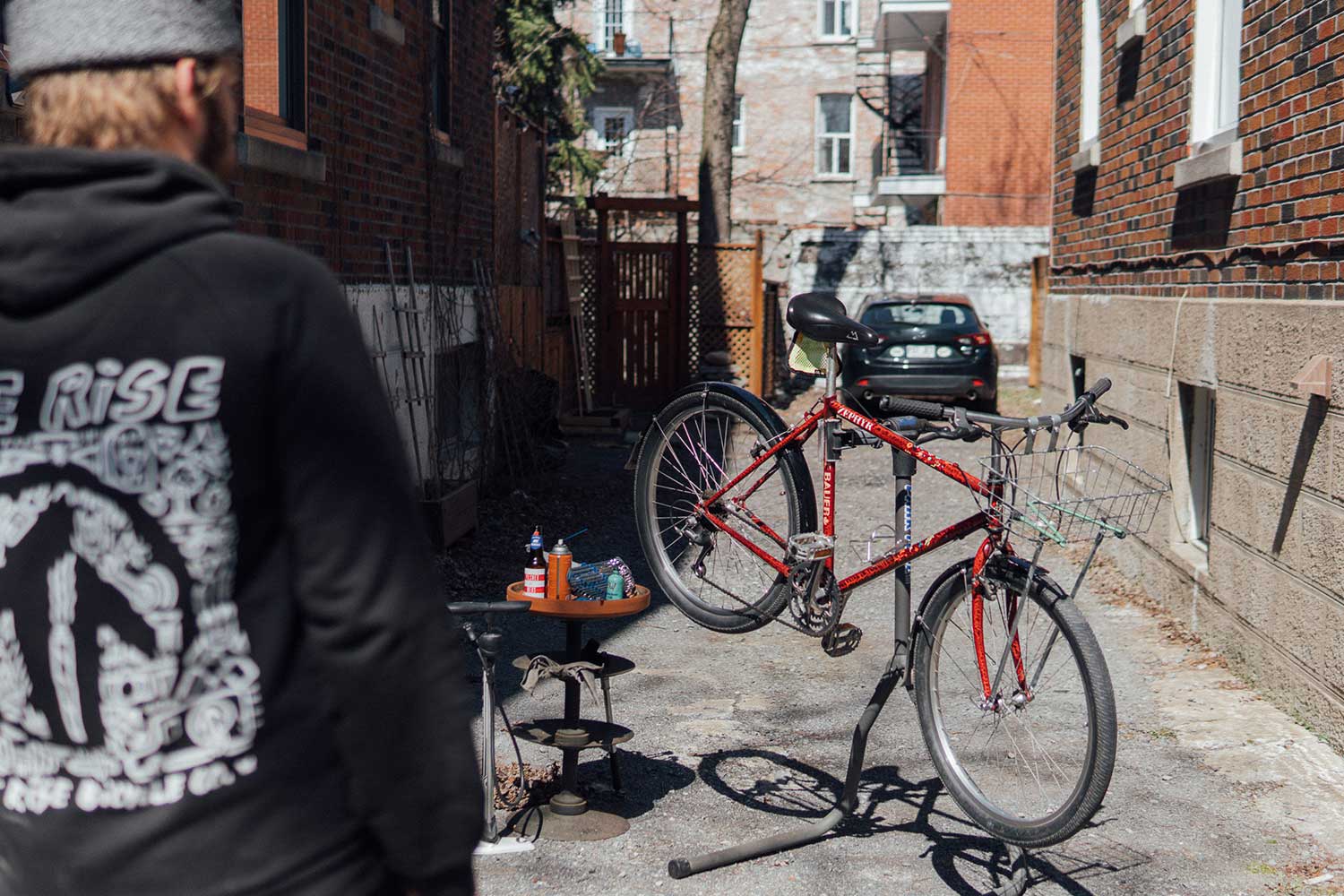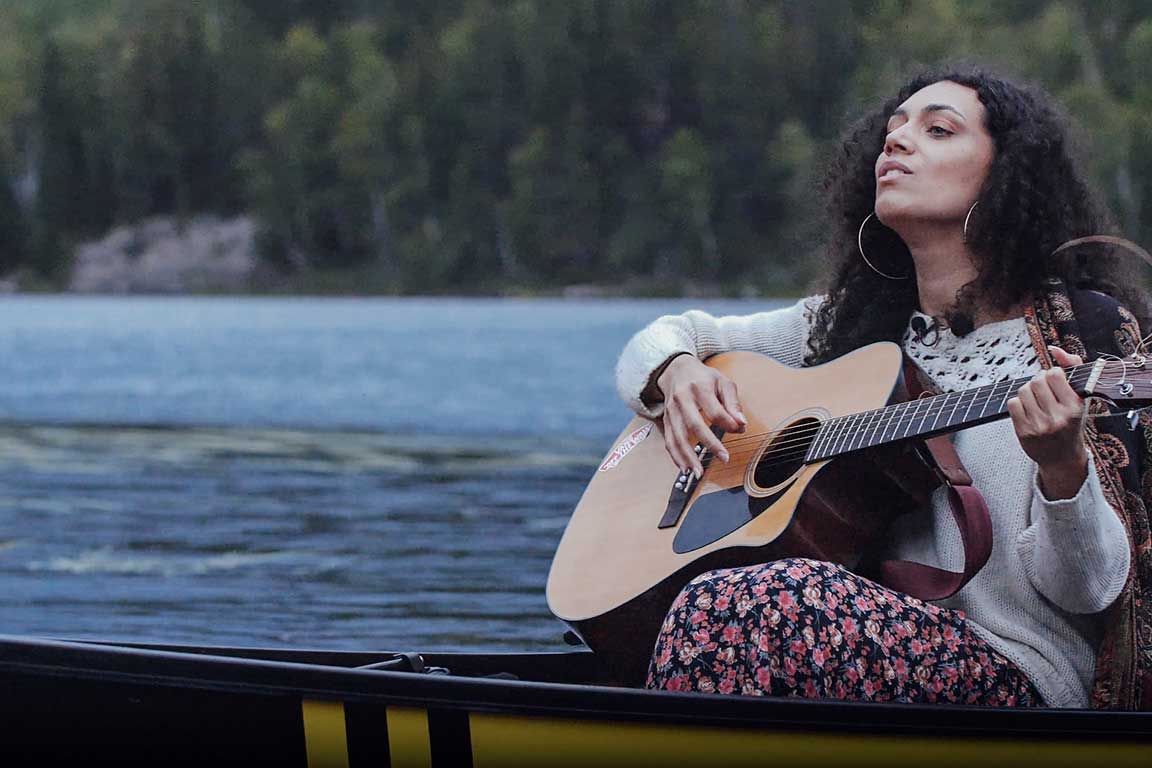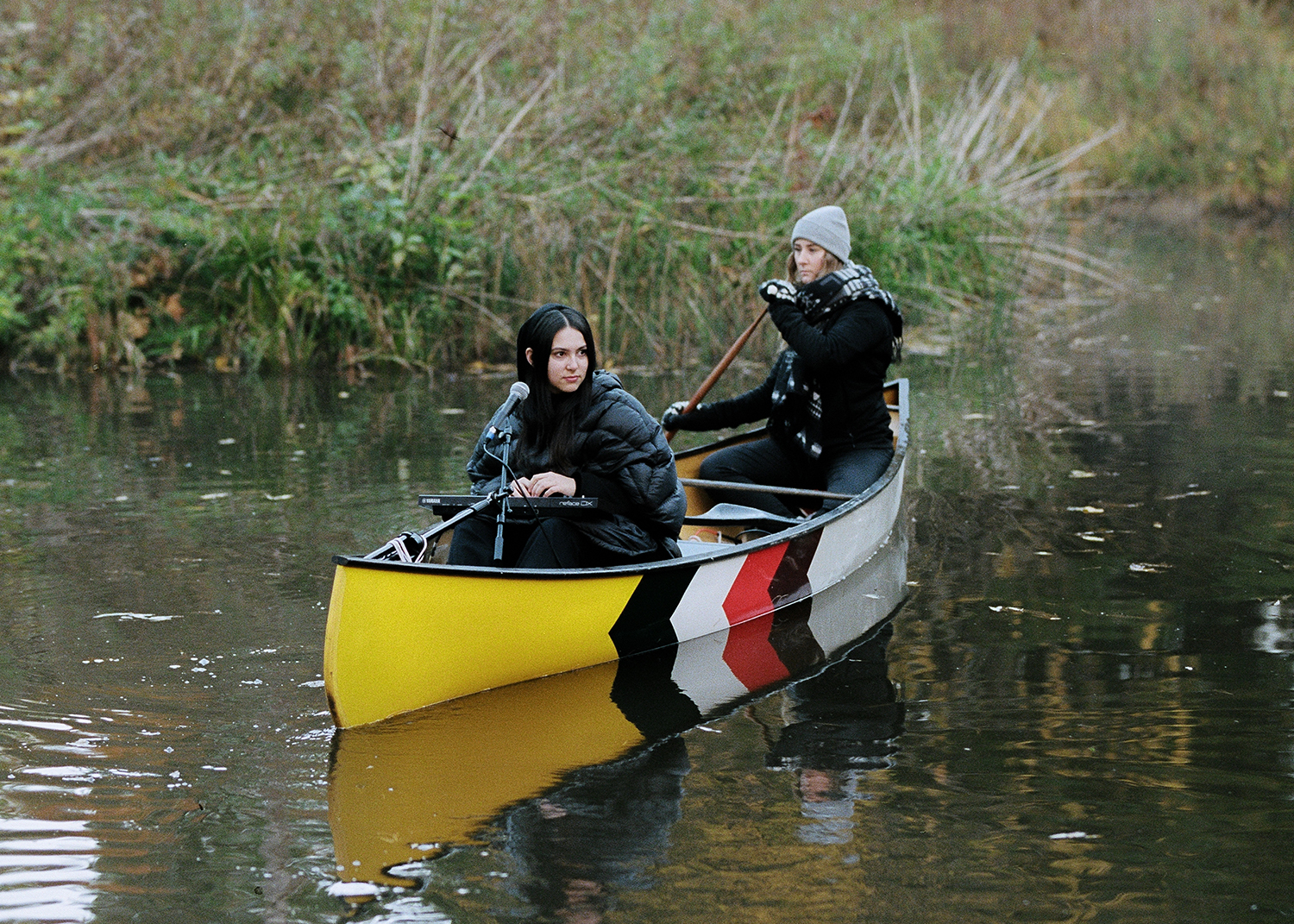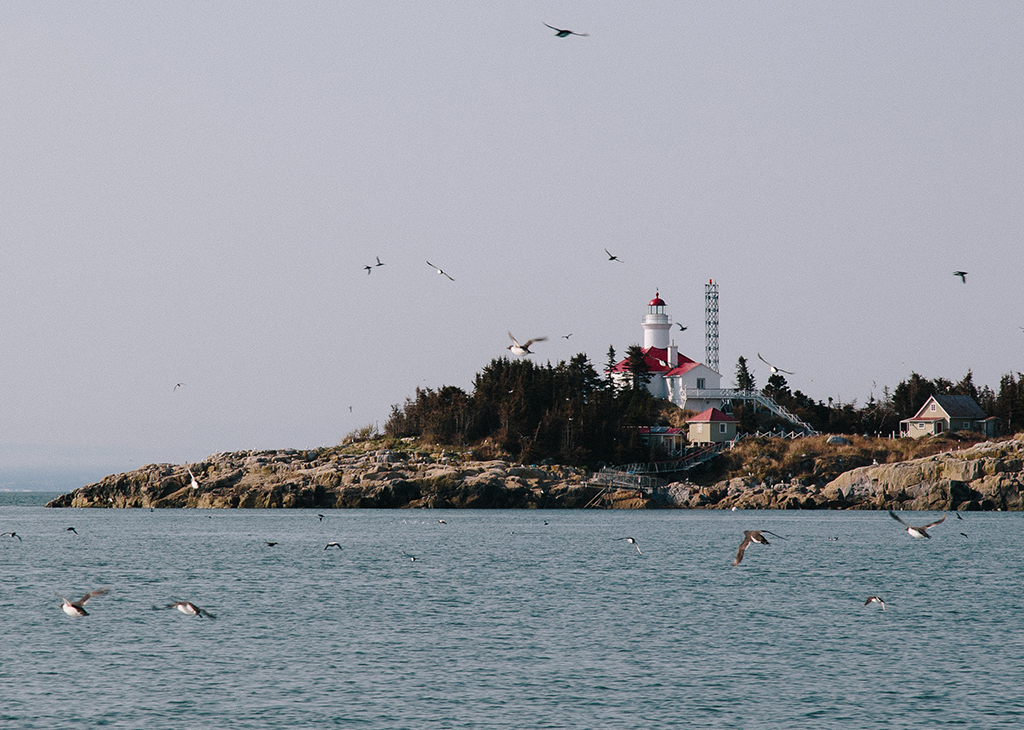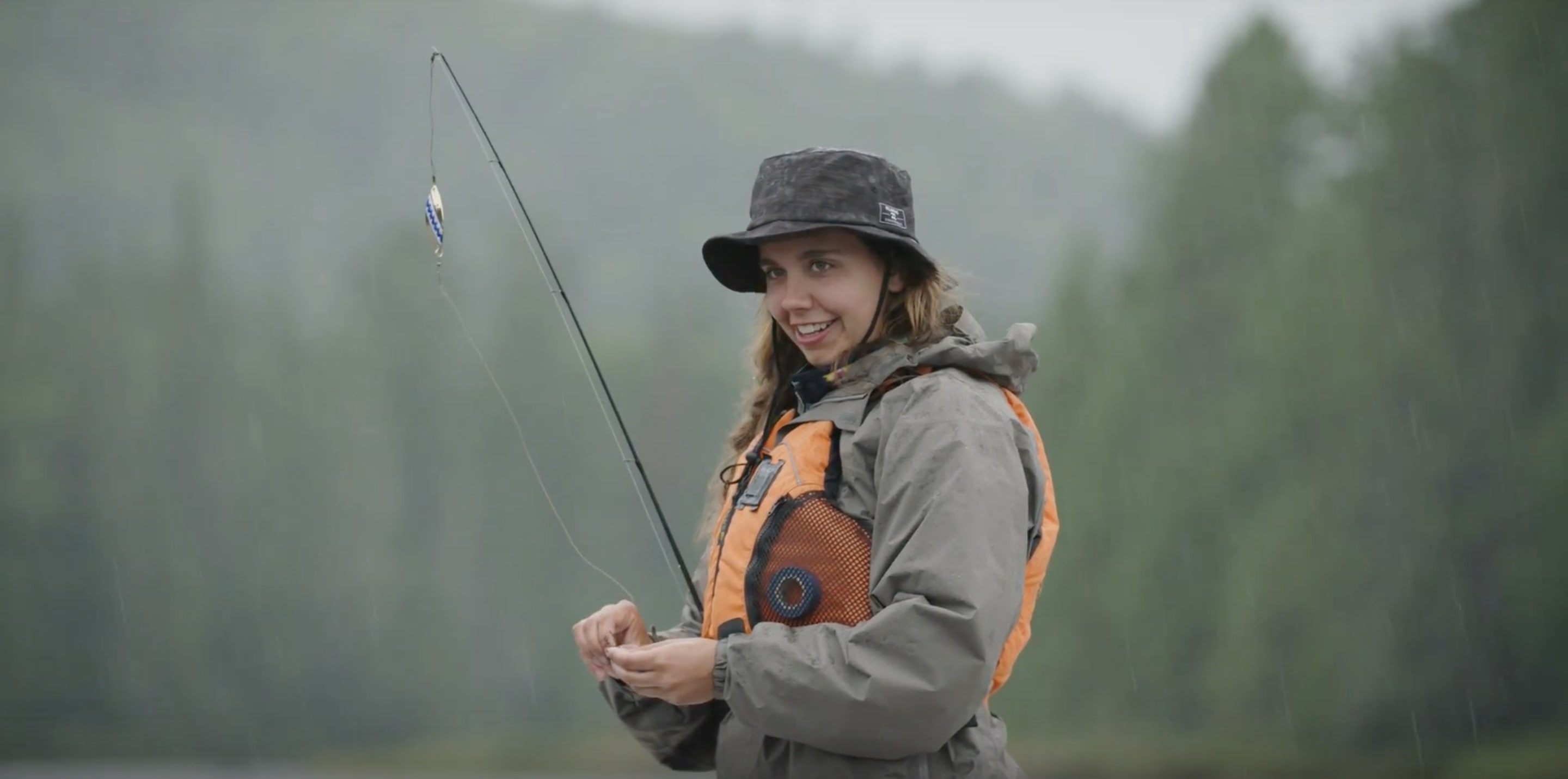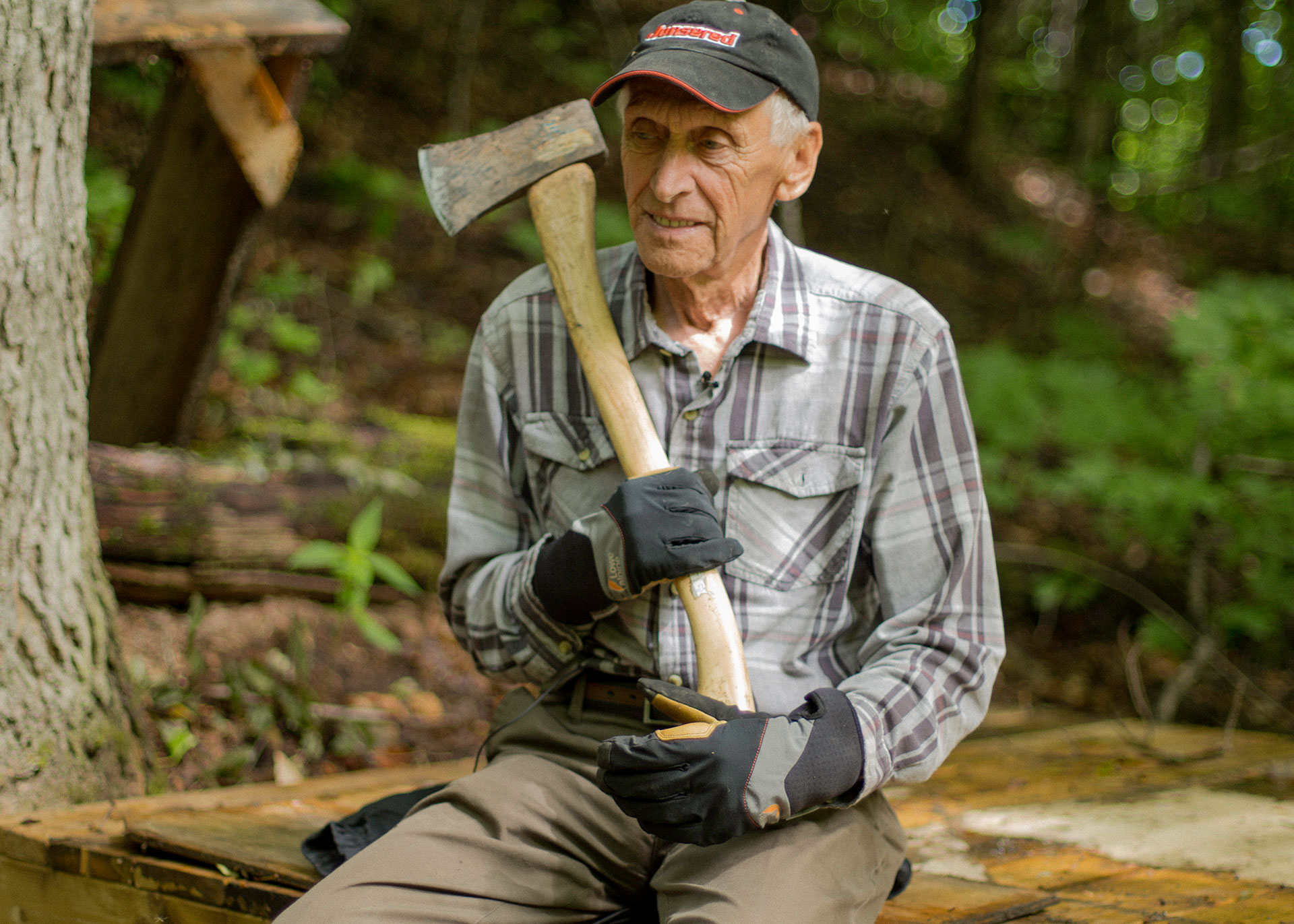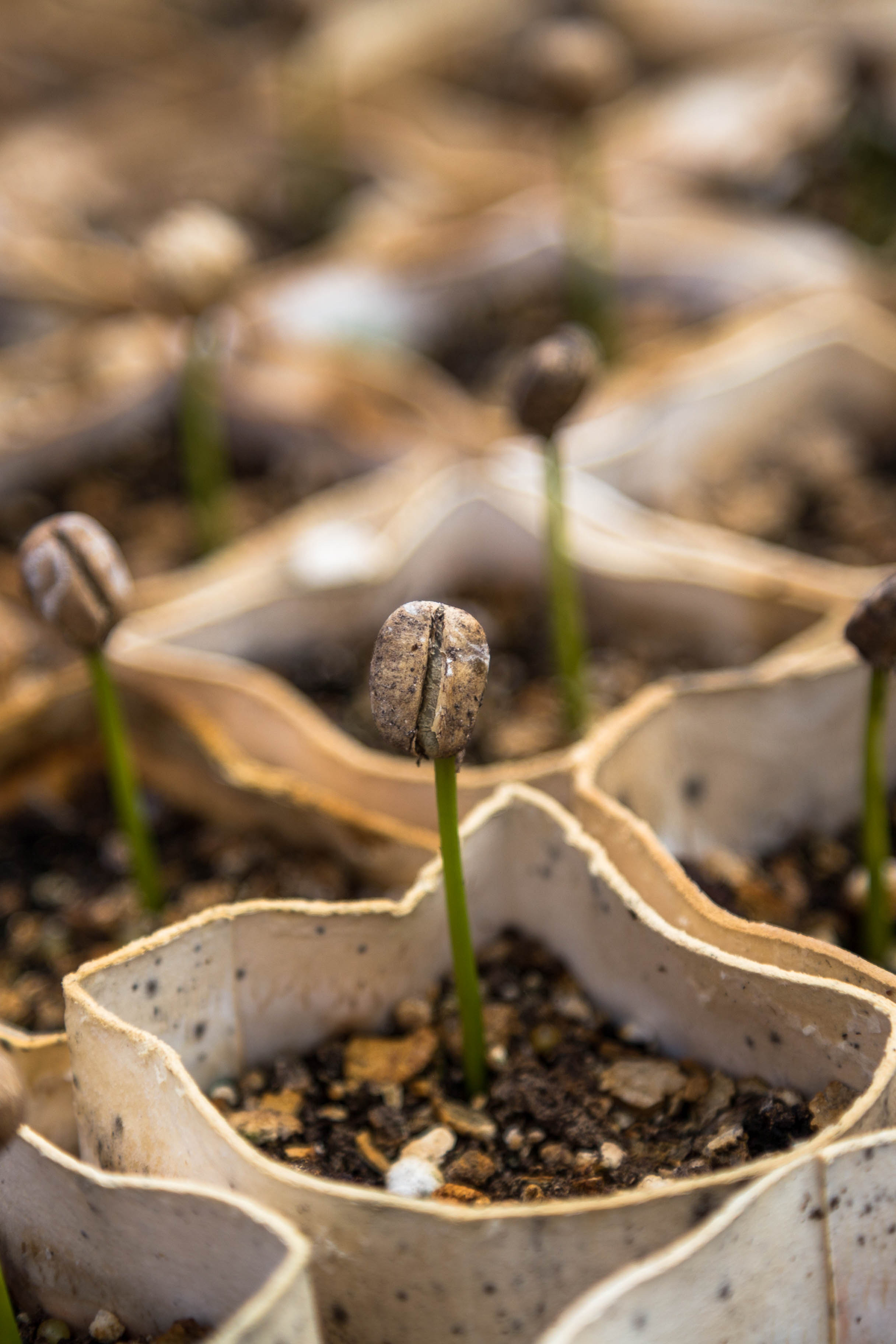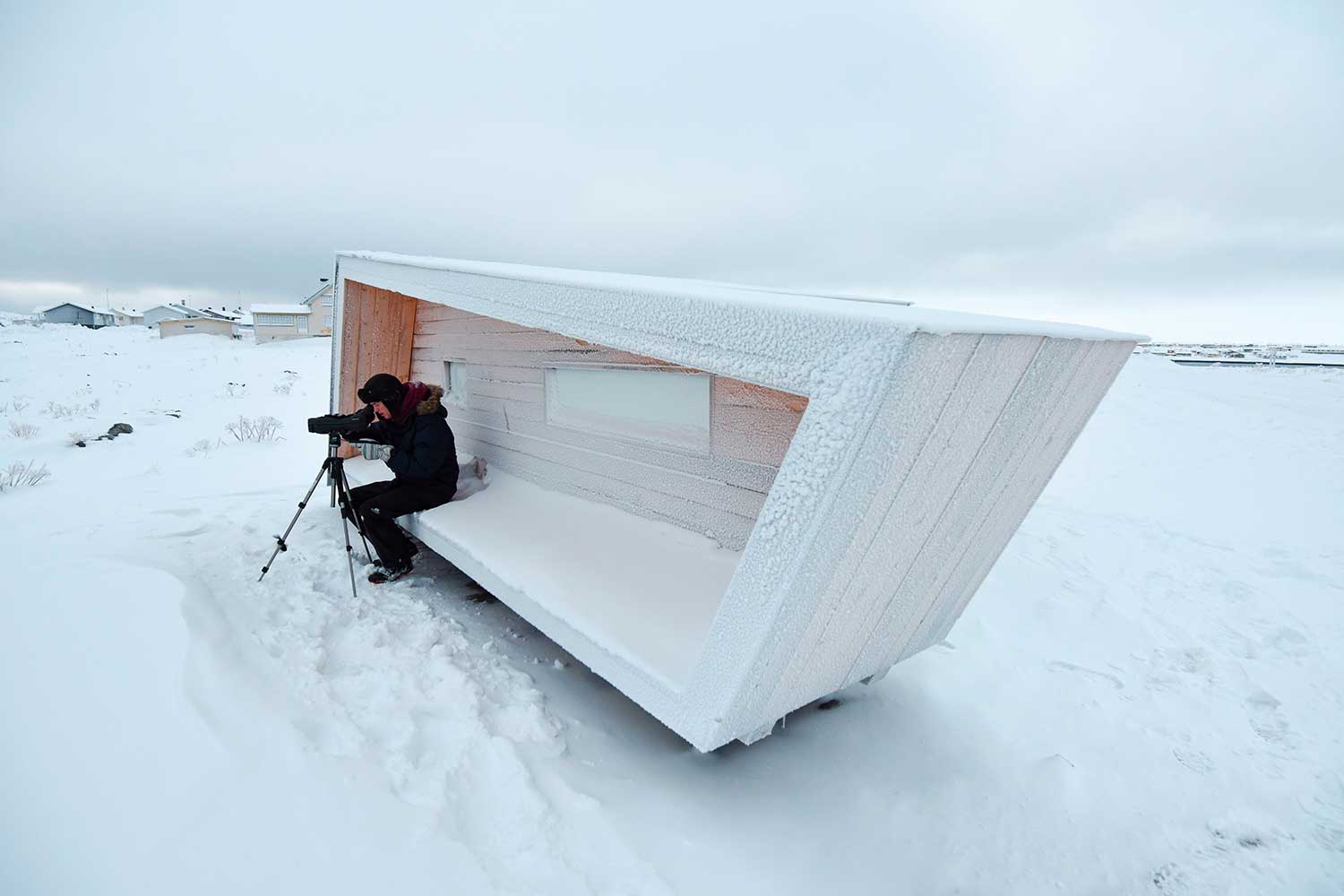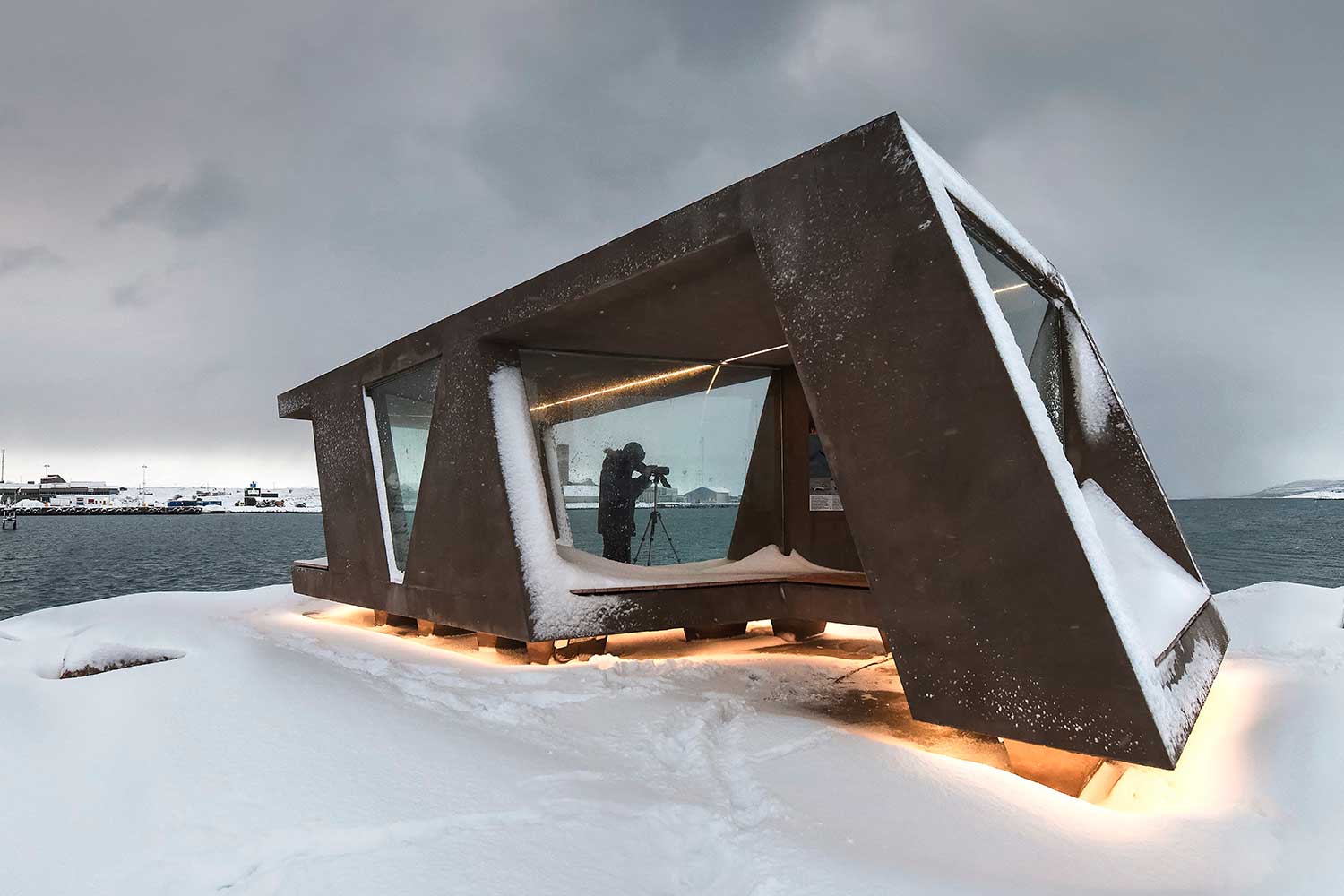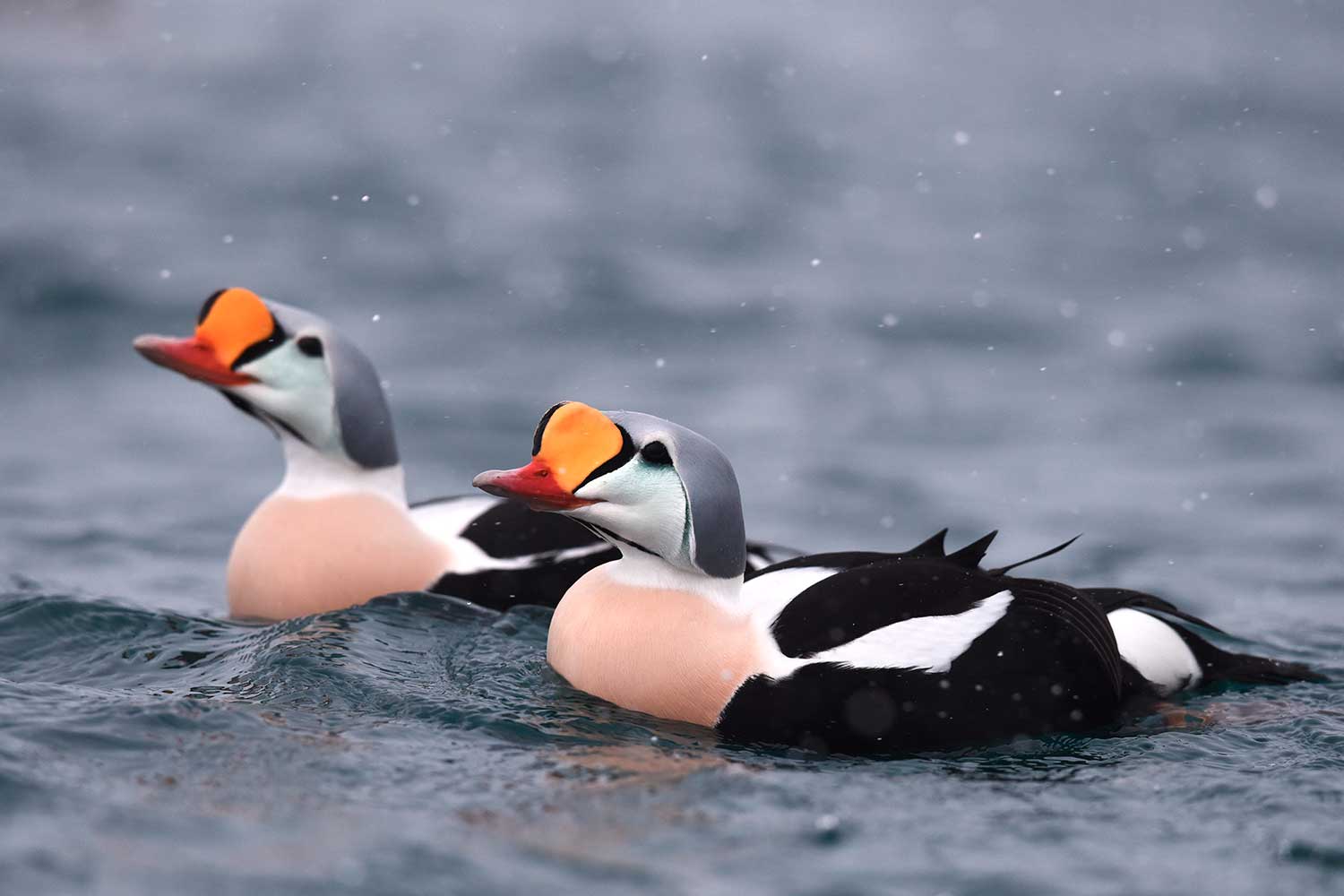Habitats
Minimal But Purposeful
In Norway, Tormod Amundsen and his team at Biotope design ‘invisible’ architecture; carefully crafted small shelters that must blend into and be absorbed by their earthly surroundings.
“Bios is life, topos is place,” says birder and architect Tormod Amundsen of Biotope. The greek words combine to form his firm’s name also reflect the team’s viewpoint as architects in the wild.
“A key aspect of my background is the Norwegian concept of ‘bålkos,’” Amundsen explains. “All you need is an outdoor fireplace (‘bål’) and the time and comfort to enjoy it. I spent countless days and nights in nature, often building a temporary shelter for the night. My goal is to create the ultimate ‘bålkos’ conditions.”

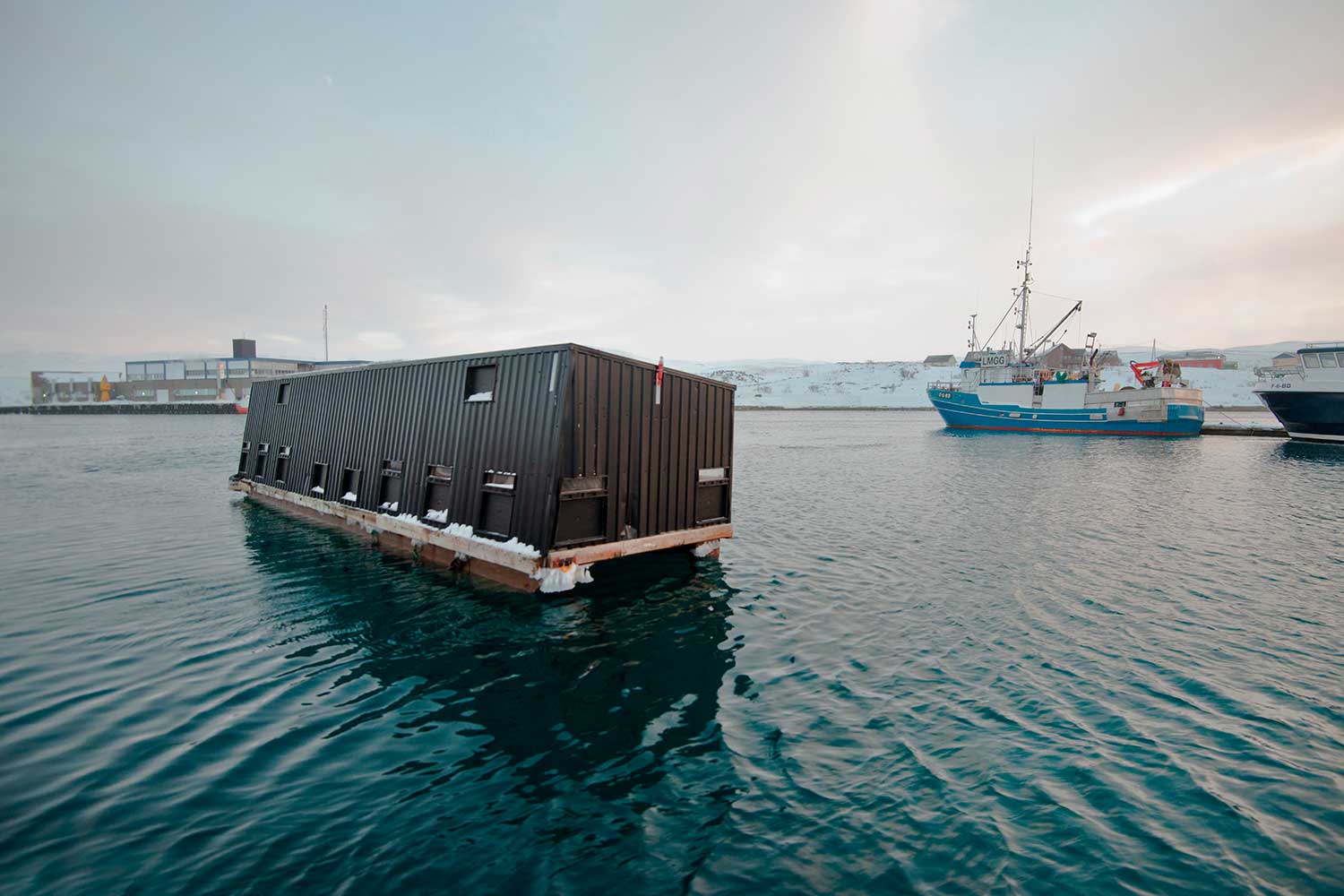
Biotope did just that when they moved their offices to the arctic town of Vardø, in an effort to help rebuild the local economy there. In 2009, Vardø was ranked as the worst town in the country financially, yet Amundsen saw an opportunity to turn that around through avitourism (birdwatching). The firm’s work has always been a manifestation of their passion for the natural world of flight. “After all, people will protect and care for what they learn to appreciate,” says Amundsen.
With a mission to inform both local inhabitants and tourists from abroad about the area’s biodiversity, Amundsen and his team have designed and built open and inviting structures in and around Vardø, that help create closer connections to nature. Whether through nature trail development, cultural spaces planning, birdwatching towers, photo hide buildings, or even by producing books, Biotope sees architecture as a powerful tool for protecting and promoting birds, wildlife, and nature.
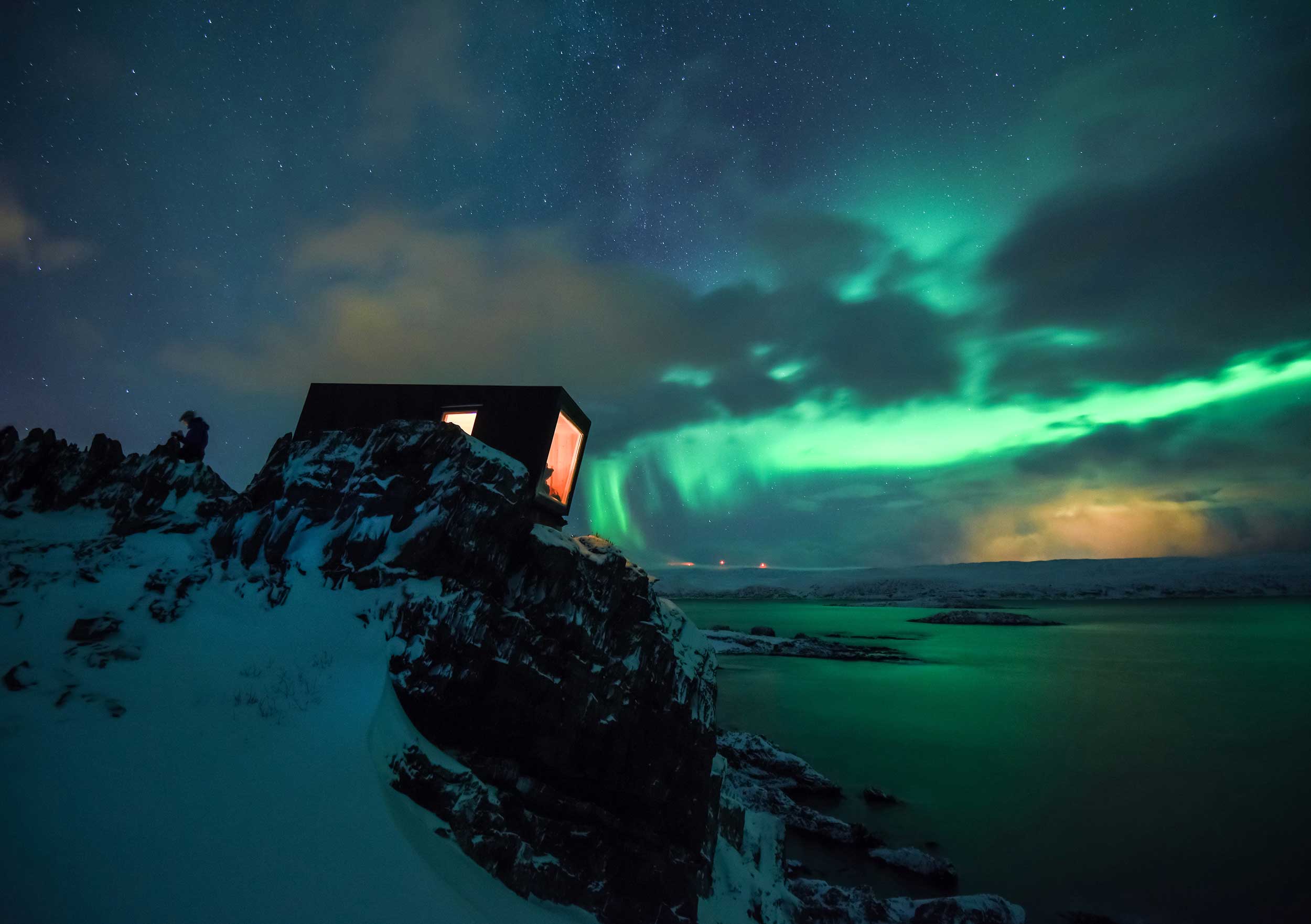
For one, their photo hides and weather shelters are designed with the landscape in mind. Its sightlines play off the character of each location, taking into account wildlife and wind direction. Balance between human comfort, aesthetics, and a sensitivity to the needs of birds is essential. “The way we build expresses our views of people and nature,” says Amundsen.
A standard bird hide is basically just a wooden box pierced with holes or windows for viewing or photographing wildlife. It’s essentially designed to hide people away from birds, while allowing them fairly close access. From an architectural standpoint, they might tend to be drab, or intrusive, and suggest to occupants that they do not belong here—that they need to hide from nature.
Architecture is so commonly regarded as an end goal in itself—one the Biotope team feels is problematic, outdated, and pompous. But they see new generations of architects valuing a more purposeful approach, and striving to be a part of positive change, even if that means seeking inspiration outside of educational institutions. Call it climate-adapted architecture, or eco-conscious design, but it’s still in its infancy. People must now consider climate change when designing buildings, making them adaptable to rising sea levels and salinity, as well as violent weather surges, and better yet, integrated into their surrounding environments.
According to Amundsen, whenever architecture projects refer to the environment, they typically only calculate levels of CO2 emissions. This isn’t unimportant, but it’s a very narrow vision of the relationship a building has to the nature it dwells in. “Going into nature with a science approach did not appeal that much to me,” he expands.
“I wanted to connect with nature on a more emotional level, not at strictly a numerical level of science.”
Harkening back to the pursuit of balance in how buildings interact with their environments, sometimes, ultimately, less is more. Amundsen emphasizes that “when designing, we often ask ourselves how little is enough?” A key characteristic of Biotope’s designs is that they have to be open, seemingly invisible. They should make one feel sheltered, connected, and focused on visible wildlife, as well as the nature surrounding it. They should be there, but not.




